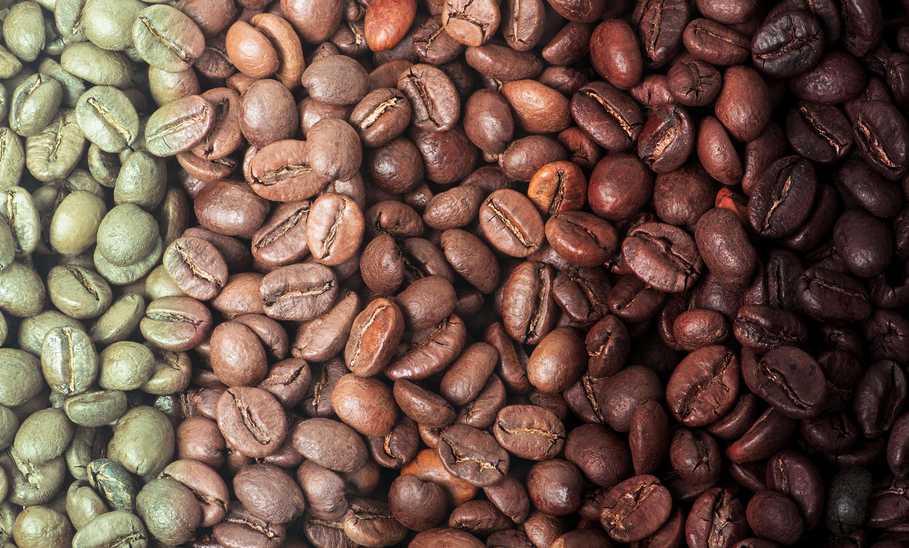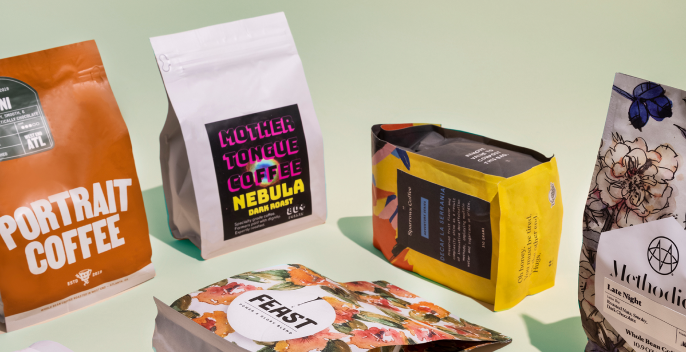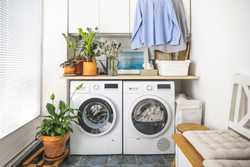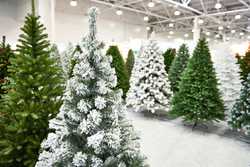A Quick Guide to the Different Types of Coffee Roasts

Our evaluations and opinions are not influenced by our advertising relationships, but we may earn a commission from our partners’ links. This content is created by TIME Stamped, under TIME’s direction and produced in accordance with TIME’s editorial guidelines and overseen by TIME’s editorial staff. Learn more about it.
Love coffee or want to start drinking coffee more regularly? Maybe you’ve tried a drink at a cafe that you really liked, but don’t quite understand what type of coffee it was or why you enjoyed it so much. Luckily, you don’t have to be a barista to know some basic details about coffee.
Coffee has been around as far back as the 15th century and there are many different types and flavors of coffee roast. The three most common are light, medium, and dark roast. Here’s what you need to know about each type of coffee along with other roasts you may come across during your next trip to grab a latte.
Some popular names for a light roast are cinnamon roast, light city, New England roast, and half city. Light roast is considered to have the most caffeine in it. It’s not by much though, according to a 2018 study published in the journal Food Science and Biotechnology, a cup of lightly roasted coffee has around 60 milligrams of caffeine, while the same amount of dark roast has 51 milligrams of caffeine.
Light roast coffee has a light brown color. It also has less oil on the coffee beans compared to others. This is due to the beans not roasting long enough for oils to begin to break through. The light roast beans can be cooked between 340-410 degrees Fahrenheit. While roasting, you can start hearing a pop around 350 degrees Fahrenheit. When you hear this sound it means that your coffee has reached a light roast.
These roasts typically also have low acidity. So, for a coffee to be considered a light roast, you at least have to brew it until the first crack you hear. Once you start hearing additional cracks then the roast wouldn’t be considered light.
Medium roast roasts end up having more of a medium brown color when finished brewing. They also have more of a body to the cup compared to light roasts. This just means it’s a little less clear of the light. Similar to light roast, medium roast beans don’t have oil on them. Even though there is a similarity between the oil you’ll see on the beans, there are a few differences between the two.
Since medium roast doesn’t have that grainy taste you’ll sometimes have with light roast, they have a better balance of aroma, acidity, and flavor. A medium roast will also have less caffeine in it than light, but more than dark roast. The internal temp of the medium roast is between 410 -428 degrees Fahrenheit. It’s considered a medium roast once you hear the second crack. Some names you’ll see associated with the roast are breakfast roast, city roast, regular roast, and American.
Dark roasted will have sort of a chocolate color to it, or even sometimes almost black. They will have oil on the beans which is a good indicator that the dark roast is done and brewed. This roast will have a burnt, smoky, or even bitter taste to it.
To be at the level of a dark roast the internal temperature is between 464-482 degrees Fahrenheit. The body of the beans can become thin by the end. A few of the names associated with dark roast are Italian roast, french roast, Spanish roast, New Orleans roast, espresso roast, and continental roast. The dark roast will typically be used for espresso drinks, or other drinks that need cream or milk added.
Since dark roasts lose some plant chemicals during the brewing process lighter roasts will have higher nutrients in the drink. It’s not just a dark roast, but many coffee roasts can offer health benefits. By drinking coffee you can improve your reaction time, mood, memory, it’s also a substance that can help you burn body fat, extra energy, and even less calcium build up in your arteries.
There is also a medium-dark roast available. The color after brewing is the second darkest behind dark roast coffee. You will see a little oil on the beans but not as much as a dark roast. These beans are roasted to the beginning or middle of the second crack. The internal temperature is 437-446 degrees Fahrenheit.
The flavors and smells from the medium-dark roast are considered more noticeable than some of the lighter roasts. The taste is sometimes described as ‘spicy’.. Some names you’ll hear when referring to medium-dark roast are: after-dinner roast, Vienna roast, and full-city roast.
Blonde roast is also sometimes referred to as light roast. It’s a lighter roasted coffee compared to others on this list. Due to not being roasted as long as other blends on this list, the blonde roast is dense compared to dark roasts.
White coffee can also be referred to as a light roast. White coffee is roasted at the first crack or around 325 degrees Fahrenheit. The appearance of the beans is a light beige. It has been described to have an acidic, nutty flavor. Due to the low heat when roasting if they did have to be ground you can only do it with a special grinder.
Light roast is considered to have the most caffeine in it. It’s not by much though. According to the Healthline study a cup of lightly roasted coffee has around 60 milligrams of caffeine, while the same amount of dark roast has 51 milligrams of caffeine. The longer the coffee is roasted, the less caffeine it keeps. The darker the roast doesn’t automatically translate to a stronger coffee. Coffee strength is based on how you brew and not how you roast. Lighter roasts will have not only more caffeine but also a stronger flavor. So despite what some might think, the winner of both caffeine and strength is a light roast.
As you can see, there are plenty of different coffee roasts to choose from with new roasts and blends being created almost daily. To determine which coffee you like best, you’ll want to try the options that interest you then narrow down which ones are your favorites.
Consider checking out a coffee subscription service like Trade to get premium coffee delivered straight to your door. Save money on your morning cup and manage your subscription to adjust delivery rates, swap coffees, or even cancel at any time. Trade offers more than 450+ curated coffees that are handpicked and tasted by an in-house Q Grader.

The information presented here is created by TIME Stamped and overseen by TIME editorial staff. To learn more, see our About Us page.



